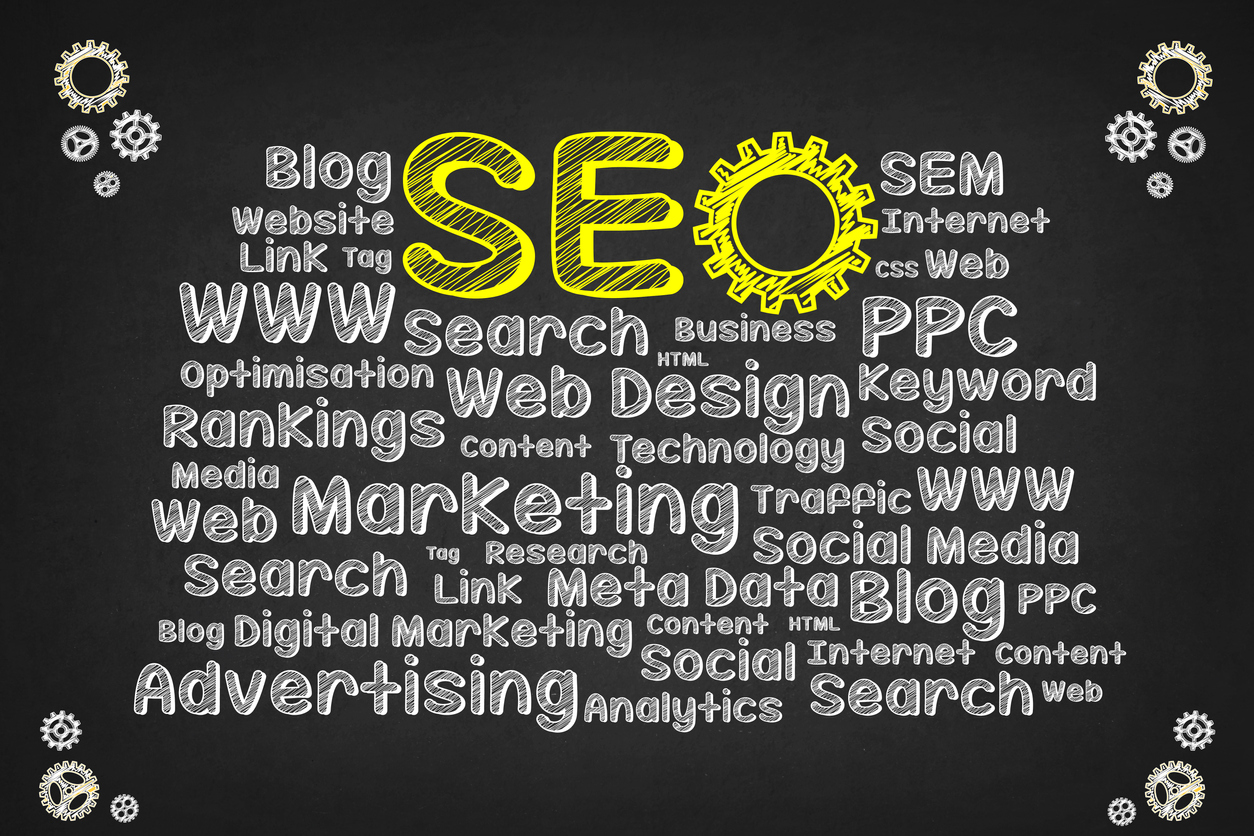Table of Contents
If you want your website to appear higher on the Search Engine Results Pages (SERP), you must understand all the SEO types. The process that makes a website or web page appear more prominently in search engine results pages (SERPs) is called SEO, or search engine optimisation. Each kind of SEO affects a website’s ranking.
We’ll delve into the various SEO strategies in this blog article and how they may help you bolster the search engine ranking of your website. We’ll also offer some advice on how to begin using SEO.
Therefore, this blog article is for you, whether you’re a novice or an experienced SEO specialist. By the conclusion of this article, you’ll have a better grasp of the various SEO strategies and how they may help you raise the ranking of your website.
Let us get to know the top 8 SEO types of 2023
ON-Page SEO
The method of optimising a website’s content and code for search engine results pages (SERPs) is known as SEO. This considers meta description, title tag optimisation, and keyword research.
Keyword Search
To determine the keywords people use to find your goods or services.
Title Tag Optimization
The text is displayed as the first item on the search results page, and it is what visitors will see when they enter your keywords. Be sure to use your target keywords in a title tag that is clear and concise.
Meta description optimisation
The meta description is the short text beneath the title tag on the search results page.
Internal linking
Internal links are URLs that connect pages on your website. Link to high-authority pages and include links to your site’s desired keywords in your material for improved Google site reading.
Content Optimization
The most important aspect of on-page SEO is your website’s content. Make sure your material is well-written, educational, and keyword-optimized.
You can optimise your website’s position in search engine results and draw more visitors by improving the on-page SEO of your website.
Off-Page SEO
Off-page SEO is an umbrella term for optimisation tactics and methods to raise a website’s search engine rankings and online exposure. It focuses on link building, social media marketing, influencer outreach, and online community interaction to create high-quality backlinks, develop a good online reputation, and raise brand recognition. Off-page SEO is essential for improving a website’s authority, reliability, and trustworthiness in the eyes of search engines. This, in turn, results in higher organic ranks and more visitors to the website.
Technical SEO
Technical SEO optimises a website’s technical components to increase its exposure and effectiveness in search engine results. It focuses on the backend components of websites, including the site’s architecture, performance, mobile friendliness, crawl ability, indexability, schema markup, XML sitemaps, and more. Technical SEO ensures that search engines can easily crawl, comprehend, and index the website’s content by optimising these technical characteristics. This results in higher organic ranks, better user experience, and enhanced search engine exposure. For a website to be correctly optimised for search engines, which in turn helps increase organic traffic and improves overall SEO performance, technical SEO is crucial.
Local SEO
Optimising your online presence to raise local traffic, exposure, and brand recognition is called local SEO. It is SEO that concentrates on assisting companies to show up in local search results. The listings that show up when someone searches for a store or service in a particular area are known as local search results.
The following are some of the elements that affect local search rankings:
The GBP for your Google Business Profile.
Google Maps and Search include a free listing for you called Your GBP. Claiming and optimising your GBP is crucial for raising your local search rankings.
Local content on your website.
Content on your website should be relevant to the local audience. This can involve blog entries on regional news, events, or companies.
Your Citations.
Citations are references to your company found on other websites. They aid Google in comprehending the location of your company and the services you provide.
Your Backlinks
Backlinks from other websites to yours signal credibility to Google.
Optimising your website for local search can improve your visibility and attract more customers.
Image SEO
The technique of optimising images on your website for search engine results pages (SERPs) is known as image SEO. This can increase the number of visitors to your website and boost its general SEO.
Image SEO may be impacted by a variety of variables, including:
Name of the file.
Your image’s file name has to be informative and contain the necessary keywords.
Alternative text.
When an image cannot be shown, alt text is the text that displays instead. All your photos should include alt text since doing so will make it easier for Google to interpret their content and give them a higher ranking.
Caption.
A caption is a brief statement about your image that displays underneath it. In addition to helping you with SEO, captions may be useful for adding more context to your vision.
Title.
The text that appears in the title tag of your picture is the title of your image. The title tag is crucial for SEO because God considers it counts when determining how relevant the vision image is to a search query.
Image dimensions.
Their size may impact your image’ SEO. Larger photos may take longer to load, slowing your website’s loading. It’s critical to size-optimize your pictures so that they load fast and do not impede the performance of your website.
Image kind.
Your image format may have an impact on their SEO. JPEG and PNG are two image formats that are more compressed than others and load pages faster. It’s crucial to select the ideal picture format for your requirements.
Video SEO
It involves optimising your videos for indexation and high rankings in search engine result pages (SERPs). You may achieve this by making the video’s title, description, tags, and other metadata as effective as possible. You can also accomplish this by advertising the video on social media and other platforms.
Some of the essential components of video SEO include:
Keyword analysis
Finding the keywords people use to search for videos on your topic is the first step in video SEO. Once you have a list of pertinent keywords, you can utilise them both in the video’s metadata and in the actual content of the video.
Title and Description
Two of the most significant variables for SEO are the title and description of your video. Both should contain your targeted keywords, and the report should be concise and educational.
Tags
Using tags can also make it easier for users to locate your movies in search results. Use appropriate tags that users are likely to look for, but try to limit the number of titles you use.
Promote your video:
After you’ve given it SEO optimisation, you need to make sure people know about it so they can watch it. Add links to your other material, share it on social media, and upload it to video-sharing websites.
Attention to these suggestions may increase your chances of ranking well for your desired keywords in search results and increase video traffic.
International SEO
It makes a website or blogs more search engine friendly by clarifying to the search engines which nations or languages you want to target with your brand. This contains elements like:
- Using hreflang tags, a page may be tailored to a certain nation and language.
- Language-specific URLs and content are used for language targeting.
- Ensuring your website is accessible to people in many nations and languages through technical SEO.
- Translation of your material into several languages and cultural adaptation of that content.
International SEO is crucial for companies wanting to reach a worldwide audience. Your website’s chances of appearing well in search results for various languages and nations may be increased by optimising it for international SEO, which will also increase the number of international visitors.

In Conclusion,
You can use various SEO techniques to raise the position of your website in search engine results pages (SERPs). Your particular website and objectives will determine the kind of SEO that is most efficient for you. However, by comprehending the various SEO strategies, you may choose the best way to optimise your website for search engines.

